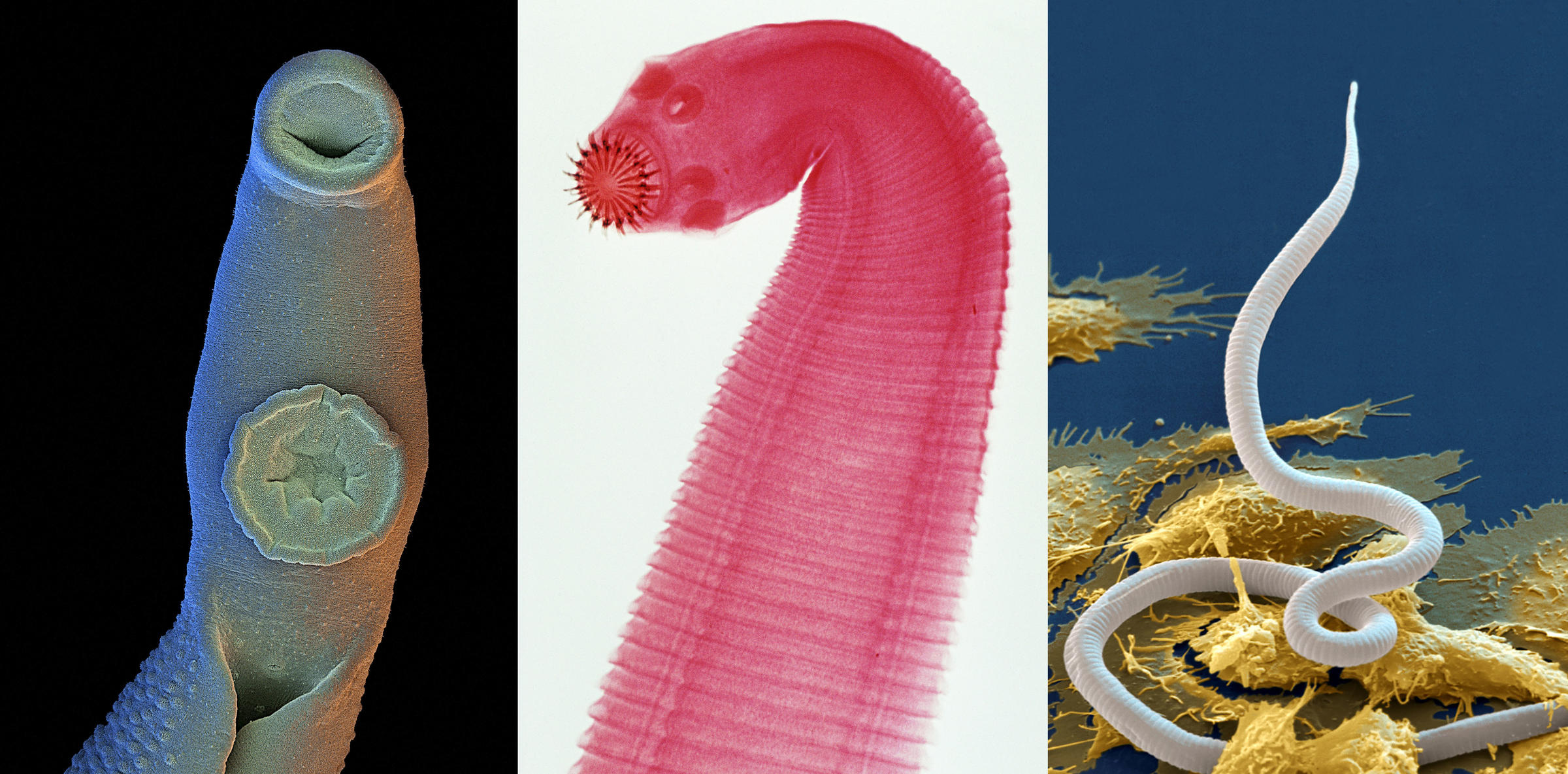

Hammerhead worms are planarians, a type of flatworm. One reason why people may be more aware of the worms right now is their prominence in the news and on social media, which tend to favor stories about “unusual or scary creatures,” Ducey said, and these worms - and their potential impact on surrounding ecosystems - “are certainly unusual.”

Their numbers may be on the rise in the Northeast, as climate change brings warmer temperatures and increased rainfall, enabling southern populations to expand northward, “but we don’t yet have enough data to tell,” Ducey said. “These animals are widespread in New York,” Ducey told CNN. Trouble is, the worms are already right at home in New York state (and likely more of the country than we suspect) and have been around for decades, said Peter Ducey, a professor of biological sciences at the State University of New York at Cortland.

The worms are known across the southeastern US, and with recent hammerhead sightings in Washington, DC, New Yorkers and others in the Northeast Corridor may be wondering how long it will be before the toxic invaders inch their way farther north. Tchesunov and Anastasia Shatilovich/Institute of Physicochemical and Biological Problems in Soil Science RASĪ worm has been revived after 46,000 years in the Siberian permafrost


 0 kommentar(er)
0 kommentar(er)
